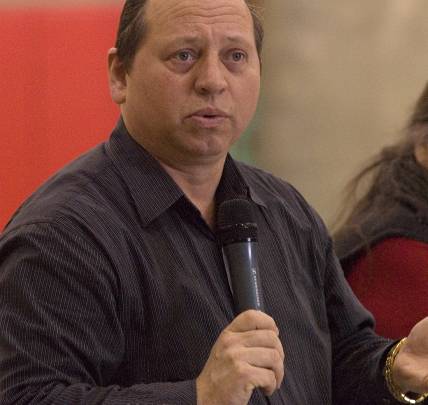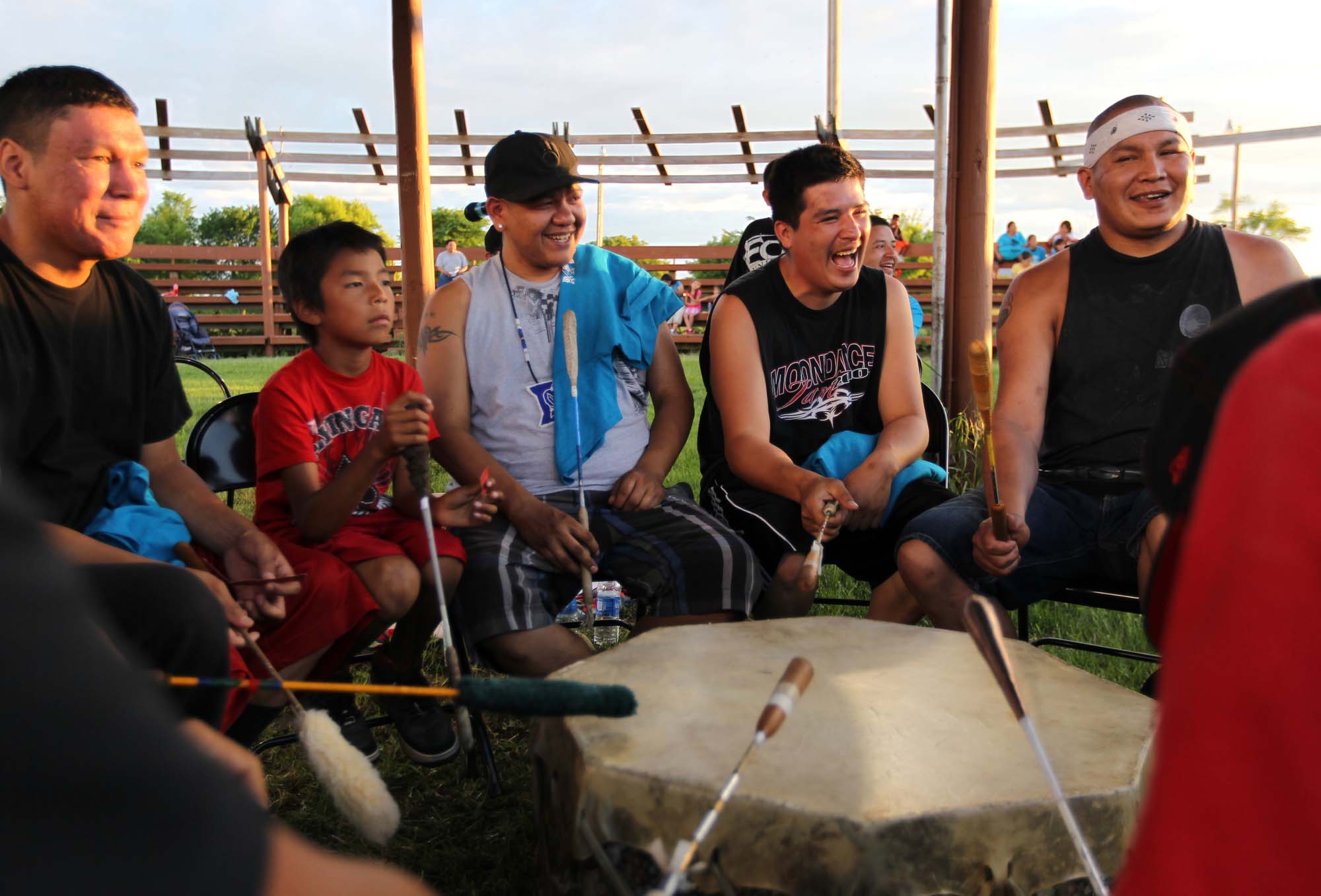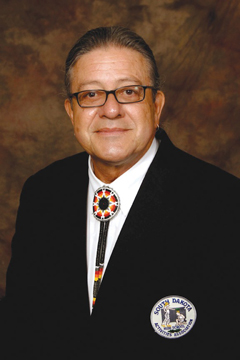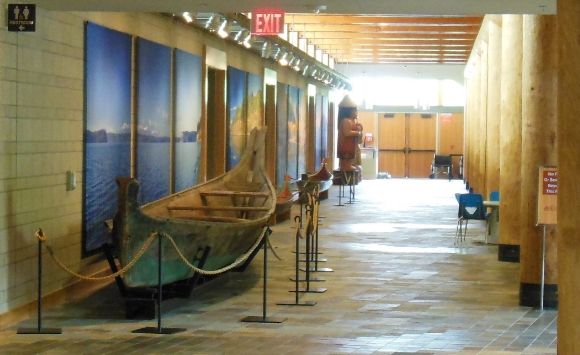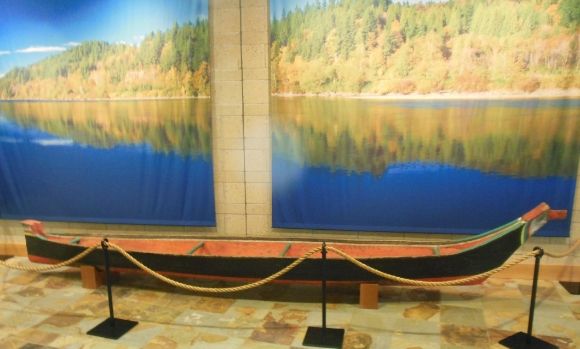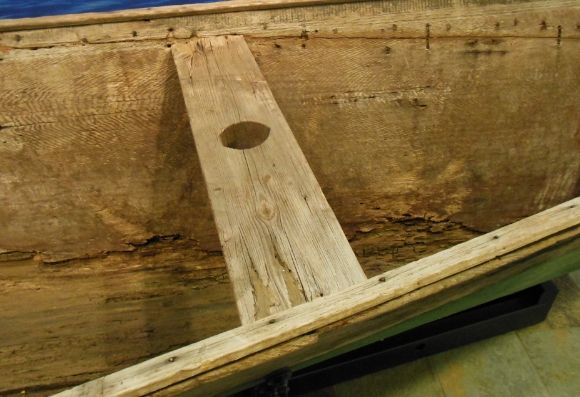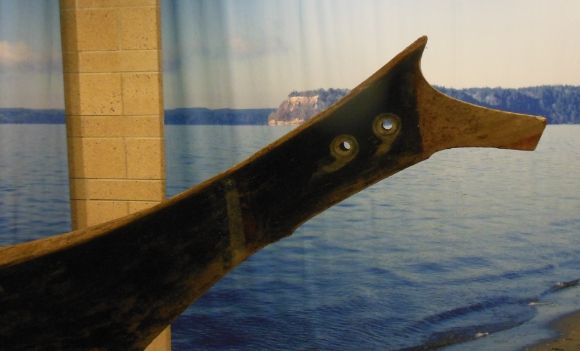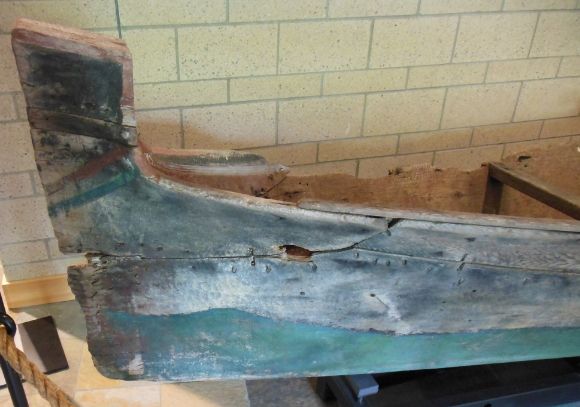By Rob Capriccioso, Indian Country Today Media Network
U.S. House members across the aisles are reacting harshly to a plan by the Obama administration to cut contract support cost (CSC) reimbursements to tribes in the federal budget’s continuing resolution currently being considered by Congress.
“If the administration has its way, tribes would lose their ability to obtain the legitimate contract support cost funds that Indian Health Service has failed to pay,” Rep. Don Young (R-Alaska), chairman of the House Subcommittee on Indian Affairs, told Indian Country Today Media Network in reaction to a White House budget proposal shared with some Congress members late this summer that would allow the Indian Health Service (IHS) and the Bureau of Indian Affairs (BIA) to limit how much each tribe would be paid for CSC.
RELATED: White House Trying to Cheat Tribes on Health Costs
Tribes would be left to pay for any CSC funding not appropriated by Congress. President Barack Obama’s 2014 budget request falls copy40 million short of what is required to honor all tribal contracts with the IHS, and copy2 million short of what is required to honor all BIA contracts, according to testimony provided to Congress in April.
“I’m extremely disappointed in the administration for even suggesting this,” Young said. “Fully funding contract support costs is the right thing to do. Providing healthcare services is a critical component of the federal government’s trust responsibility to tribes, and imposing a ‘hard cap’ that limits tribes’ compensation for healthcare services that they provided on behalf of the government would undermine our sacred trust obligation.”
Young promised “to fight to make sure the administration’s proposed continuing resolution language, which would harm healthcare delivery throughout Indian country, is not included in the House version.”
Rep. Tom Cole (R-Okla.), a Chickasaw Nation citizen who sits on the House Appropriations and Budget Committees, told ICTMN that the administration’s plan is “outrageous.”
“The record from this administration on Indian affairs has been pretty good, but this as an area it has not been,” Cole said.
Cole added that as of early September 10 he had not seen the final text of the House’s continuing resolution bill, so he did not know if the Republican leadership had included the administration’s proposal.
“I hope and I expect – but I don’t want to tell you I got it for sure – that this is going to be fixed, that we will be offering a continuing resolution that does not cap these payments,” Cole said. “I know the Appropriations Committee has forwarded this matter to leadership. I’m assuming word got through to the guys who put together the final draft of the whole thing.”
Democratic tribal allies in the House also say they are concerned by the administration’s proposal, and they do not want to see the Republican House leadership include it in its continuing resolution.
“We have yet to see the text of the continuing resolution from the Republican leadership in the House, however, any proposal of this nature would be concerning, and the impact on tribal communities would need to be closely reviewed,” Rep. Ben Luján (D-N.M.) told ICTMN.
“The United States has a trust responsibility that must be upheld, and it is critical that tribal leaders and members of Congress work together to ensure we are meeting the funding needs of Indian country,” Luján said. “A key component is undoing the failed experiment of sequestration that I have opposed every step of the way, in part because of the negative effect it is having on Native American communities.”
Late September 10, the House-proposed continuing resolution was filed. It did not include any CSC caps, though it left funding at the 2013 sequestered level.
Lloyd Miller, an Indian affairs lawyer with Sonosky Chambers involved in several tribal contract support disputes with the federal government, suggested that tribal officials reach out to Sen. Jack Reed (D-Rhode Island), chairman of the Subcommittee on Interior, Environment, and Related Agencies, who will have input on this funding proposal in the Senate.
“Sen. Reed will be very important as this plays out in short order,” Miller said, noting that he would like to see the senator to attend a meeting of the National Conference of the American Indians in Washington on September 11.
Congress is scheduled to be in session for only nine days in September. It must pass a continuing resolution by October 1 to avoid a partial government shutdown. If the administration’s language is included in the continuing resolution, tribes would likely lose out on millions of dollars.
The administration’s request comes after a June 2012 U.S. Supreme Court ruling that said the federal government must pay for the full CSC incurred by tribes while providing healthcare and other governmental services for their tribal citizens through Indian Self-Determination Act contract agreements. It was a rare tribal victory at the Supreme Court, which is one reason why the current White House position has alarmed tribal leaders.
Forty-five tribes and tribal organizations shared a letter with Reed and his subcommittee September 3, expressing their outrage at the administration’s proposal.
Cole predicted legal consequences if the administration’s plan were to pass Congress. “Do you really think this won’t be challenged in court?” he asked. “I suspect it will.”
Read more at http://indiancountrytodaymedianetwork.com/2013/09/11/house-members-oppose-white-house-tribal-cost-cutting-plan-151227





